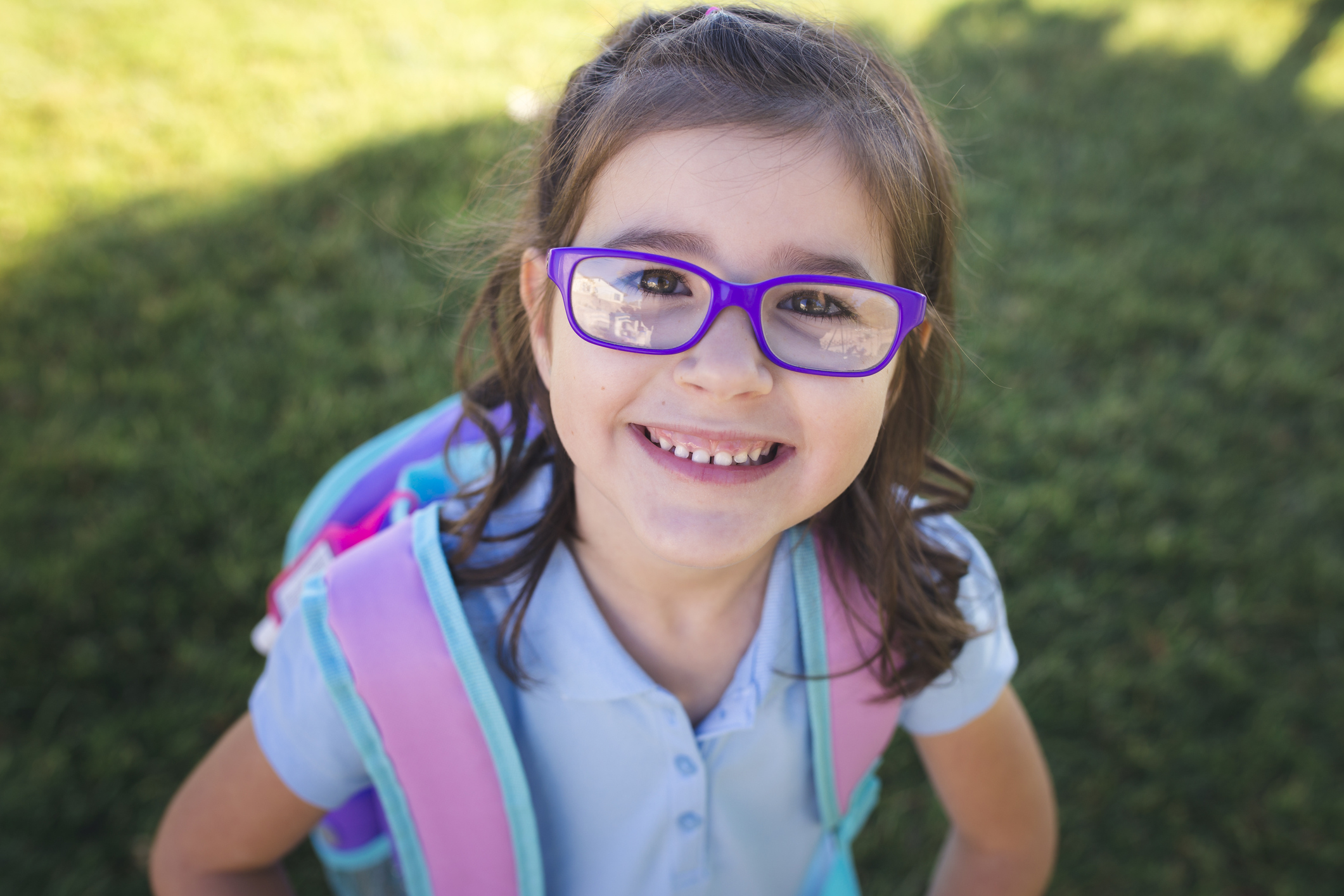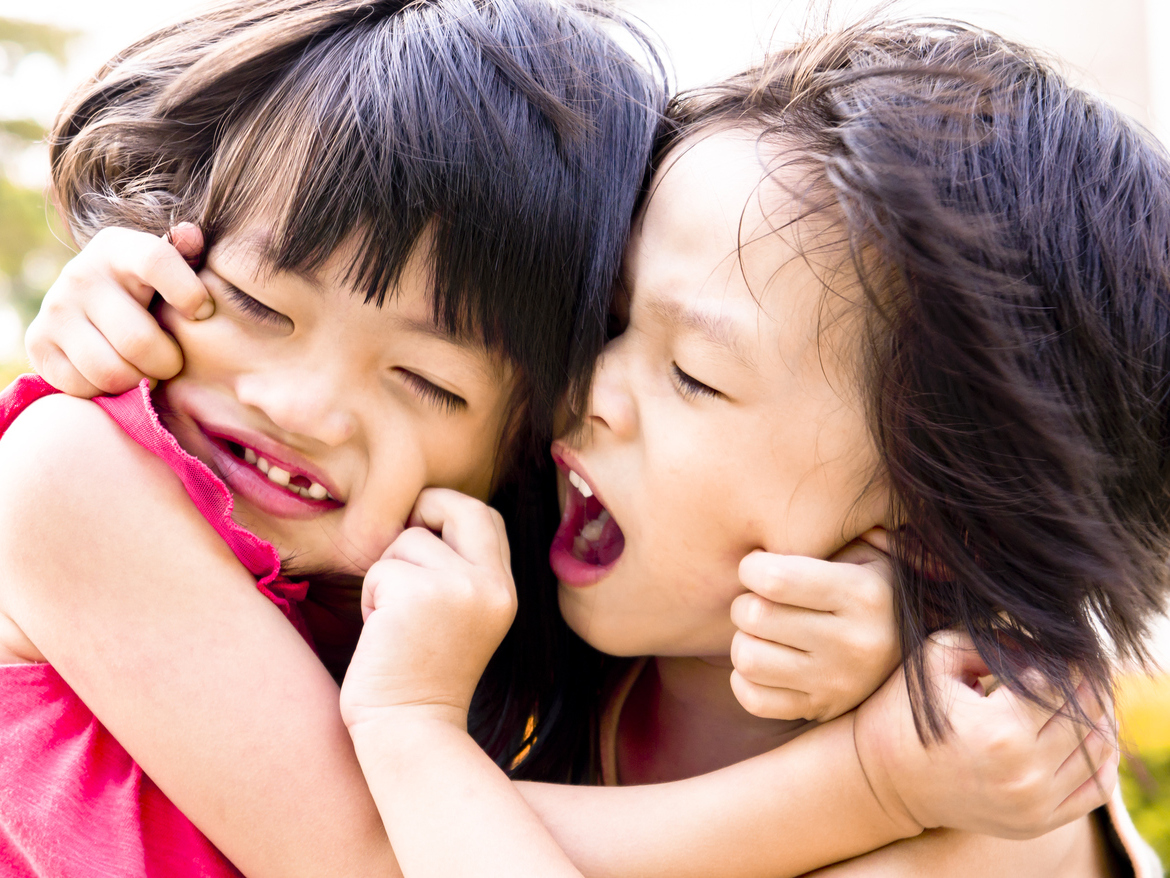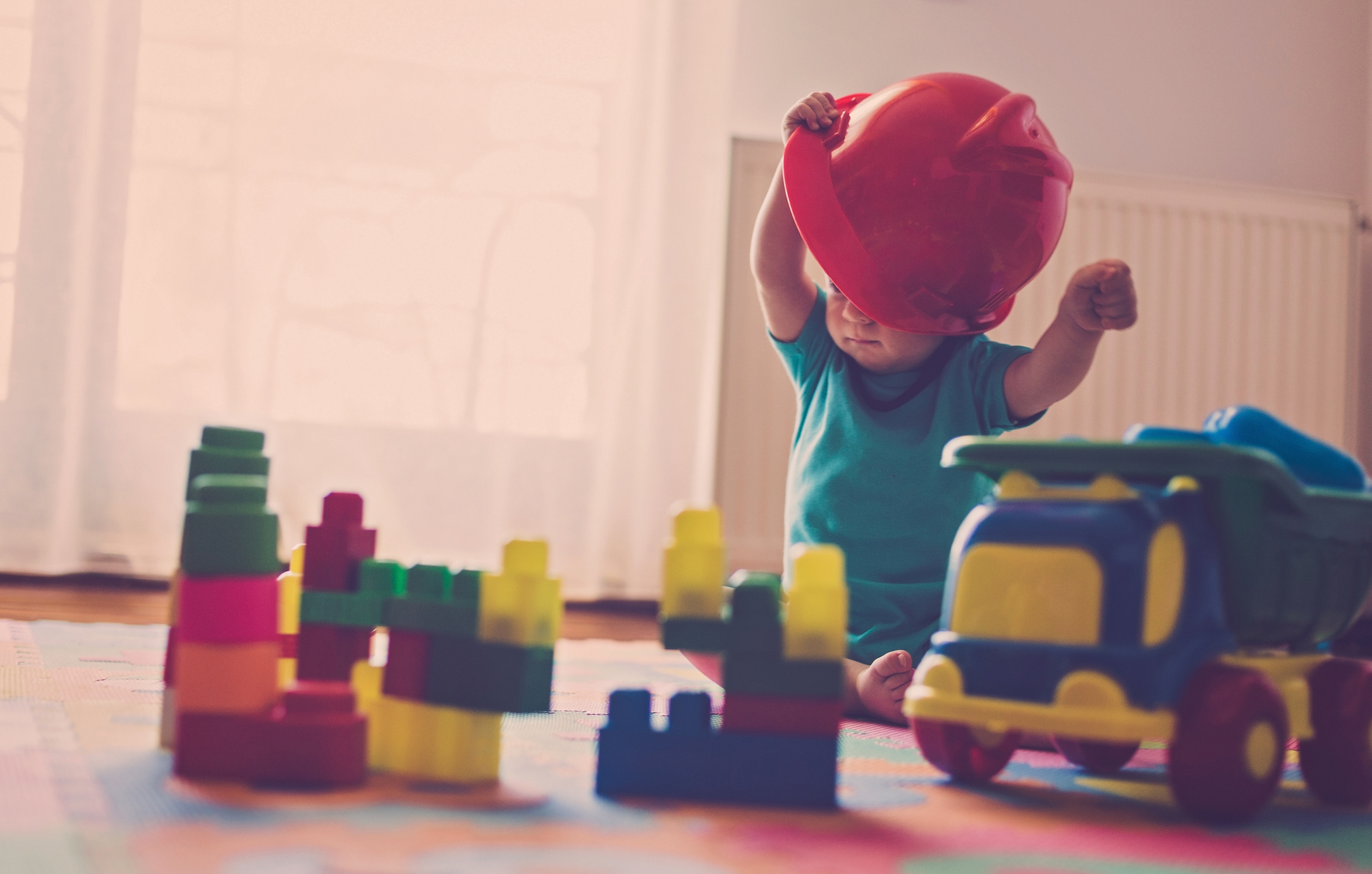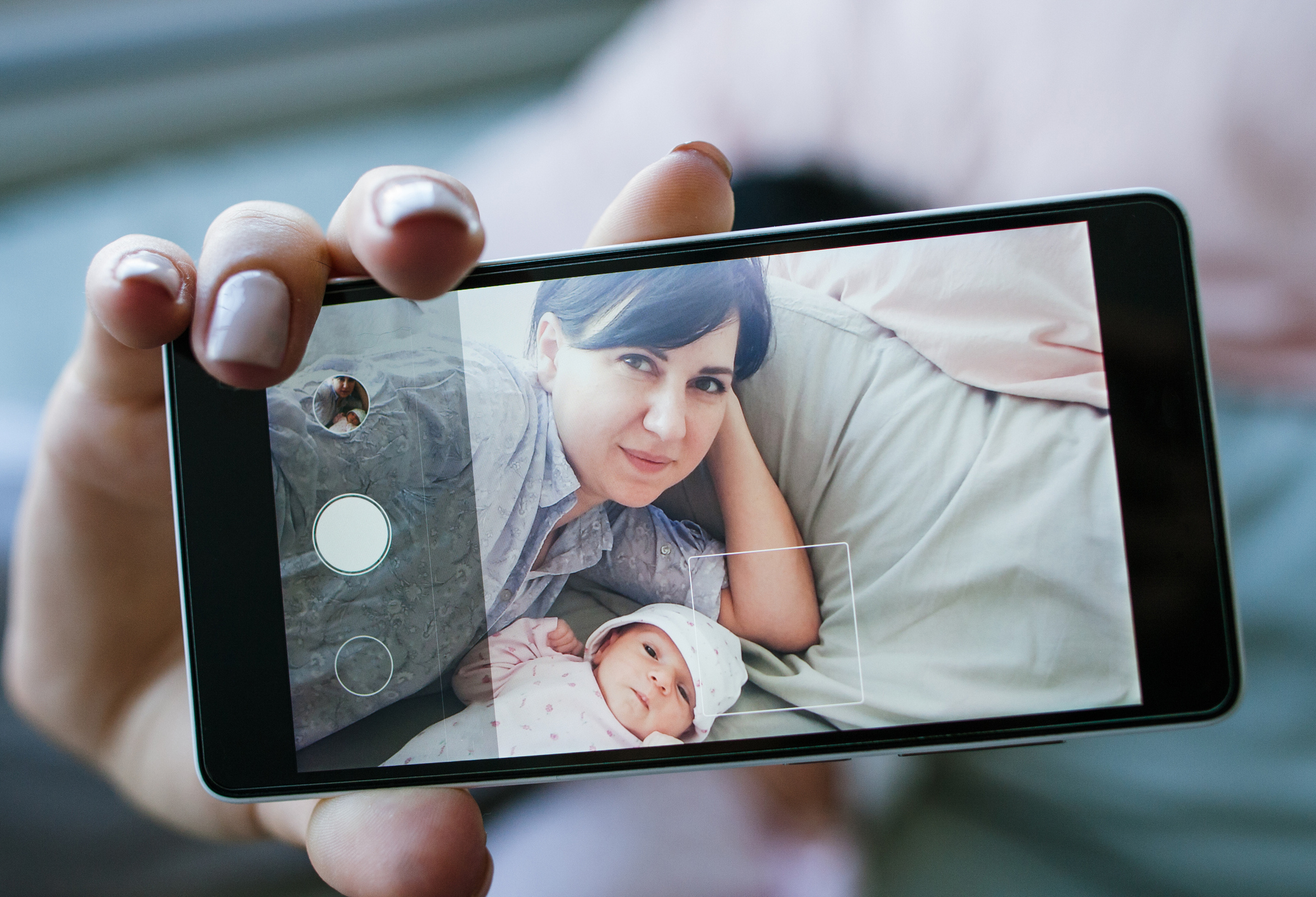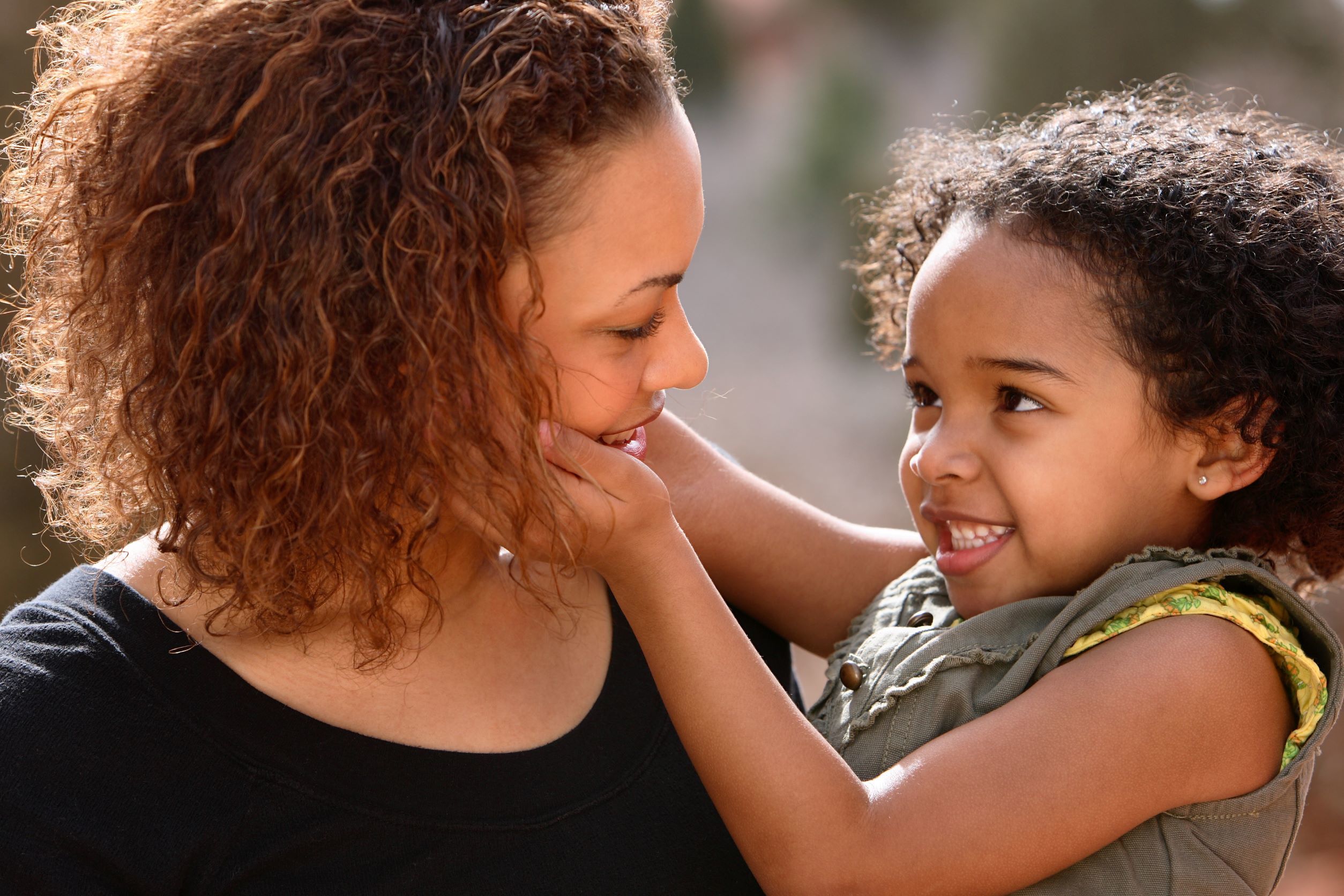
Emotion regulation is a strategy we use, that we are aware of and unaware of, that impacts how we respond to an emotion [1]. It is a skill that we are introduced to in childhood. Often, we mirror what our parents did to emotionally regulate [2].
This means that how you teach your child to do this can really impact how they respond to stress, and how well they function as an adult [3]. Try some of the following suggestions to help your child regulate their emotions.
First, it’s important to know what it looks like when a child is in crisis. Being in crisis can look different in each child, as it does in adults. It also depends on the circumstances [4]. When threatened, our bodies go into one of three modes: fight, flight, or freeze [5]. A child will display behavior that reflects one of these modes. For example, a child may withdraw and find it difficult to communicate (freeze), they may run away (flight), or they may show aggression by damaging something, like ripping a page out of a book (fight) [6].
When children get upset, they might express it in a way that may not be socially acceptable or helpful to them. This is because they are still learning how to regulate their emotions and express them in helpful ways. Guiding children on how to regulate their emotions in ways that are helpful to them is part of emotional regulation. This can help them become grounded and resilient adults [6].
There are many reasons why a child might get upset, as with adults. A child may get frustrated because they are not getting something they want or if they are asked to do something they don’t want to do. Expressing emotions like frustration, sadness, and anxiety is a normal part of our lives. Emotions serve a purpose and give us helpful information. They may be saying that you need to make a change to your environment or behavior to survive or cope with your current situation. Essentially, they work to keep us alive. This is true for children's emotions too [6].
There are lots of ways you can help your child regulate their emotions. Here are a few, created by psychologists to help you support your child’s emotional development.
This skill was created by Dr Bruce Perry to help vulnerable children learn, think, and reflect. It helps support children to go from feeling stressed to feeling calm. This makes them more able to reflect on their behavior.
- Regulate. This can help children come out of fight, flight, or freeze mode and calm their stress. At this stage, offer them comfort and reassurance.
- Relate. Connect to the child through specific and sensitive communication. Empathise with how they are feeling and validate their feelings. This can make them feel seen, heard, and understood.
- Reason. When the child is calm and connected, you can start to help them reflect on the situation. You can do this by offering suggestions for why things are the way they are and what may be best to do [7].
WINE (wonder, imagine, notice, and empathise) is a set of statements that can be used in any situation, but may be helpful in opening a line of communication with a child if you can see that something isn’t quite right with them. It can help children feel seen and understood, and help you learn what is going on for them [8].
“I notice you are not finding it easy to finish colouring in your picture.”
“I wonder if that’s because something is worrying you.”
“I’d imagine its hard being away from home at the moment”
“What would help you with this?”
This skill can help build connections between you and your child. Emotional regulation is affected by everyday experiences and the approach we take to them. PACE is something you can use with your child to encourage them and help them succeed at regulating their emotions.
P – Playfulness
Playfulness means adopting a lighthearted and reassuring manner, to be open, calm, and engaged with your child and whatever you are doing together. This can help them be less defensive and more reflective – which means having more fun!
A – Acceptance
Acceptance means unconditionally accepting feelings, thoughts, and struggles. It means normalising emotions and offering affirmations to help the child feel strong and capable. Something like “We know this is hard, and you are doing it anyway! You’re so cool!”
C – Curiosity
Curiosity means supporting the development of their self-awareness so they can identify the reasons behind their own actions. You could ask questions like, “Why do you think you did that?”
E – Empathy
Empathy means showing compassion for your child. Being present in the moment to understand the child’s experiences as they do while validating their feelings and experience [9].
There can be a lot of pressure on parents to always make the right decision. This is not realistic as we are human, and everyone makes mistakes. The only way to get better is to practice. Be vulnerable and open to failure while knowing that you are doing the best thing you can for your child.
These are a few of many skills you could try. Give them a go and let us know how you get on! [10]
Written by Helen Molloy
[1] Neuroscience & Biobehavioral Reviews. (2018). Emotion Regulation. Science Direct. https://www.sciencedirect.com/topics/psychology/emotion-regulation
[2] Weir, K. (2023). How to help kids understand and manage their emotions. American Psychological Association. https://www.apa.org/topics/parenting/emotion-regulation#:~:text=Connect%3A%20Studies%20show%20that%20children,secure%20attachment%20with%20your%20child.
[3] Hampson SE, Edmonds GW, Barckley M, Goldberg LR, Dubanoski JP, Hillier TA. A Big Five approach to self-regulation: personality traits and health trajectories in the Hawaii longitudinal study of personality and health. (2016). Psychol Health Med. 21(2):152-162. doi:10.1080/13548506.2015.1061676
[4] High speed training. (2023). Child Mental Health Training v4. CPD certified. Child Mental Health Training | Online Course & Certification (highspeedtraining.co.uk)
[5] National Institue for the Clinical Application of Behavioral Medicine. (2024). Applying the 3 Circles Model of Emotion to Help Clients Heal Shame. https://www.nicabm.com/3circles/#:~:text=According%20to%20Paul%20Gilbert%2C%20PhD,systems%20are%20out%20of%20balance.
[6] High speed training. (2023). Challenging Behavior Training. CPD certified. https://www.nicabm.com/3circles/#:~:text=According%20to%20Paul%20Gilbert%2C%20PhD,systems%20are%20out%20of%20balance.
[7] Perry, B. (2018). The Neurosequential Model in Education: Introduction to the NME Series: Trainer's Guide. The ChildTrauma Academy Press. https://beaconhouse.org.uk/wp-content/uploads/2019/09/The-Three-Rs.pdf
[8] Trauma Informed Schools UK. (2024). Whole School Staff Training: Trauma and Mental Health informed Schools and Communities. https://www.traumainformedschools.co.uk/
[9] Hughes, D. Golding, K. (2012). Creating Loving Attachments. Jessica Kingsley Publishers Ltd. http://www.danielhughes.org/p.a.c.e..html
[10] Brown, B. (2013). Power of Vulnerability: Teachings on Authenticity, Connection and Courage. Sounds True Inc. https://www.soundstrue.com/products/the-power-of-vulnerability



